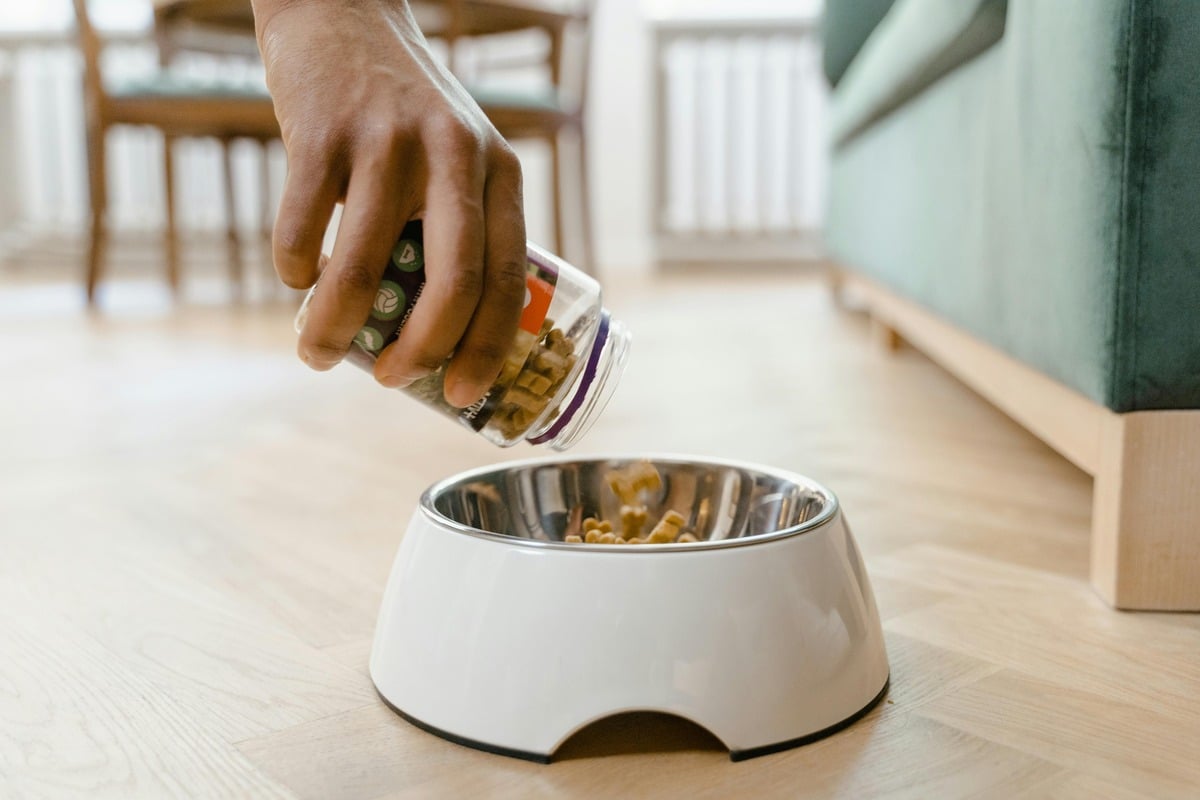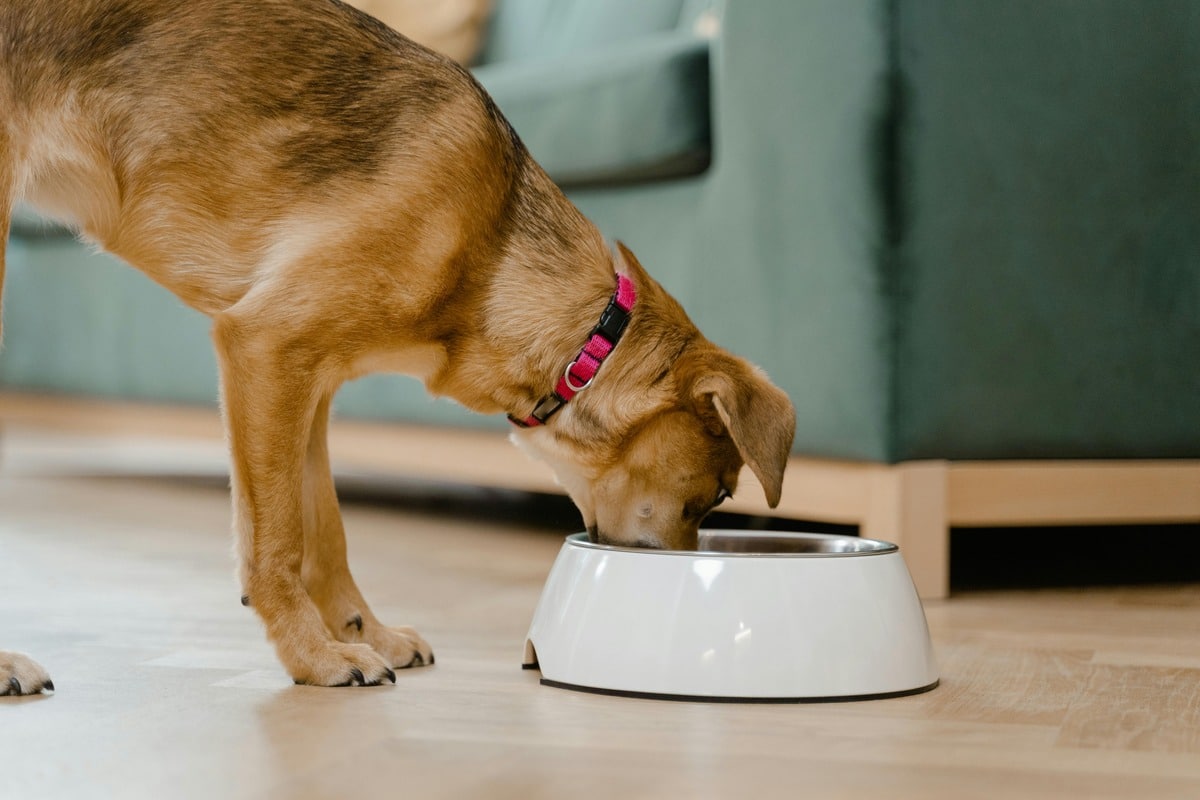
The Best Diet for Your Dog: Raw vs. Kibble
Choosing the right dog food is crucial for your pet. It affects their health, energy, and overall well-being. That leaves many dog owners in debate mode over raw vs kibble diet. Both diets have supporters. This knowledge — about their pros and cons and about how to use them — can help you make sound decisions.
This article discusses the key differences between raw and kibble diets. We will review their nutrition, with a discussion of risks and benefits. There will also be tips for picking the best diet for your pet.
Understanding Dog Nutrition
Before diving into the raw vs kibble diet debate, it’s essential to understand the fundamental nutritional needs of dogs. Dogs require a balanced diet consisting of the following:
- Protein: Essential for muscle growth and maintenance.
- Fats: Provide energy and support skin and coat health.
- Carbohydrates: Offer an additional energy source (though some argue they are unnecessary for dogs).
- Vitamins and Minerals: Vital for overall bodily functions and immune support.
- Water: Crucial for hydration and digestion.
A well-balanced dog nutrition guide ensures that your pet gets the right mix of nutrients to stay healthy.
The Raw Diet: Benefits and Risks

What is a Raw Diet?
A raw diet is often referred to as a BARF diet (Biologically Appropriate Raw Food). It consists of uncooked meats, bones, organ meats, fruits, and vegetables. Many believe this diet mimics what dogs would eat in the wild.
Benefits of a Raw Diet
- High-Quality Protein: Raw diets usually have high-quality animal protein. This helps with muscle growth and overall health.
- Improved Digestion: Many dog owners see better digestion, fewer allergies, and higher stool quality.
- Healthier Skin and Coat: The natural fats and oils in raw meat contribute to a shinier coat and healthier skin.
- Increased Energy Levels: Some dogs on a raw diet exhibit increased vitality and reduced lethargy.
- Dental Health Benefits: Chewing on raw bones can help keep teeth clean and reduce tartar buildup.
Risks of a Raw Diet
- Bacterial Contamination: Raw meat may have harmful bacteria, such as Salmonella and E. coli. This can be risky for both dogs and humans.
- Nutritional Imbalance: A raw diet can miss key vitamins and minerals if not planned well.
- Bone Hazards: Raw bones can cause choking or internal injuries if not handled properly.
- Storage and Preparation Challenges: Handle raw food carefully. Proper storage and prep help avoid contamination.
The Kibble Diet: Benefits and Risks
What is Kibble?
Kibble is a commercially processed dry dog food made from a mix of protein sources, grains, vegetables, and added nutrients. It is designed to be a convenient, balanced meal option for dogs.
Benefits of Kibble
- Convenience: Kibble is easy to store, measure, and serve, making it a practical choice for busy pet owners.
- Nutritionally Balanced: Many top kibble brands offer complete and balanced nutrition.
- Affordable: Compared to raw feeding, kibble is generally more budget-friendly.
- Long Shelf Life: Kibble can be stored for months without spoiling.
- Dental Health Benefits: Some kibble formulas are designed to reduce plaque buildup and promote oral health.
Risks of Kibble
- Lower Moisture Content: Kibble is dry, which may contribute to dehydration in some dogs.
- Fillers and Additives: Some low-quality kibbles have artificial additives, preservatives, and fillers that aren’t needed.
- Potential Allergens: Some dogs can have allergies to ingredients in kibble. This includes grains and artificial flavours.
- Processing Lowers Nutrient Value: The high heat used to make kibble can harm some natural nutrients.
Comparing Raw and Kibble Diets
1. Nutritional Value
- Raw Diet: Provides whole, unprocessed nutrients that can be more bioavailable to dogs.
- Kibble Diet: Made to meet nutrition standards, but some nutrients may get lost during processing.
2. Safety and Hygiene
- Raw Diet: Requires careful handling to avoid contamination.
- Kibble Diet: Generally safer and easier to store without contamination risks.
3. Cost Considerations
- Raw Diet: Can be expensive, especially if using high-quality meats and supplements.
- Kibble Diet: More budget-friendly, with a range of price options available.
4. Convenience and Storage
- Raw Diet: Requires refrigeration and careful portioning.
- Kibble Diet: Easy to store and portion out daily.
5. Suitability for Different Dogs
- Raw Diet: May be better suited for highly active or working dogs.
- Kibble Diet: More practical for dogs with specific dietary needs or food sensitivities.
Making the Right Choice for Your Dog

Choosing between a raw vs kibble diet depends on your dog’s needs and lifestyle. It also relies on your ability to offer a safe and balanced diet. Here are some factors to consider:
- Your Dog’s Health Needs: Dogs with allergies or tummy troubles might do well on a raw diet. Others may thrive on good-quality kibble.
- Your Budget: Raw feeding can be costly, whereas kibble is a more affordable option.
- Convenience: If you have a busy lifestyle, kibble may be the more practical choice.
- Veterinary Advice: Always consult your vet before making any major changes to your dog’s diet.
The Right Diet for Your Dog
Raw and kibble diets both have pros and cons. The trick is to select the best dog food that fits your dog’s health requirements, your budget and your lifestyle. Regardless of whether you choose raw or kibble, a nutritionally balanced diet is vital for your dog’s health and well-being.
If you think you might like to switch your dog’s diet, begin with small transitions and watch for how they react. Always pick good quality ingredients. Also, talk to your vet to find the best option for your pet.
Have you tried feeding your dog a raw or kibble diet? What has been your experience? Share your thoughts in the comments below!